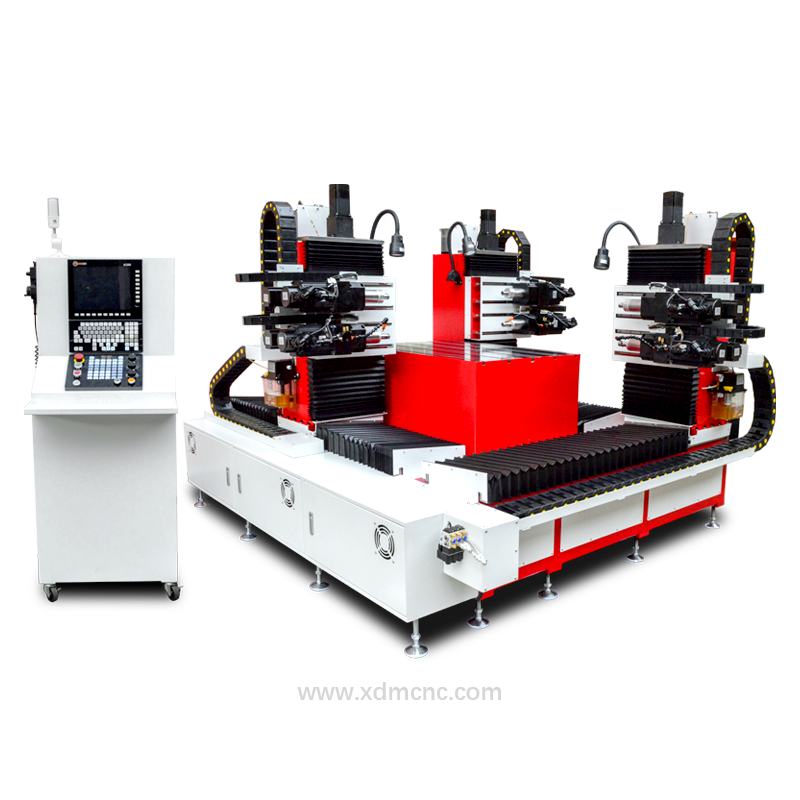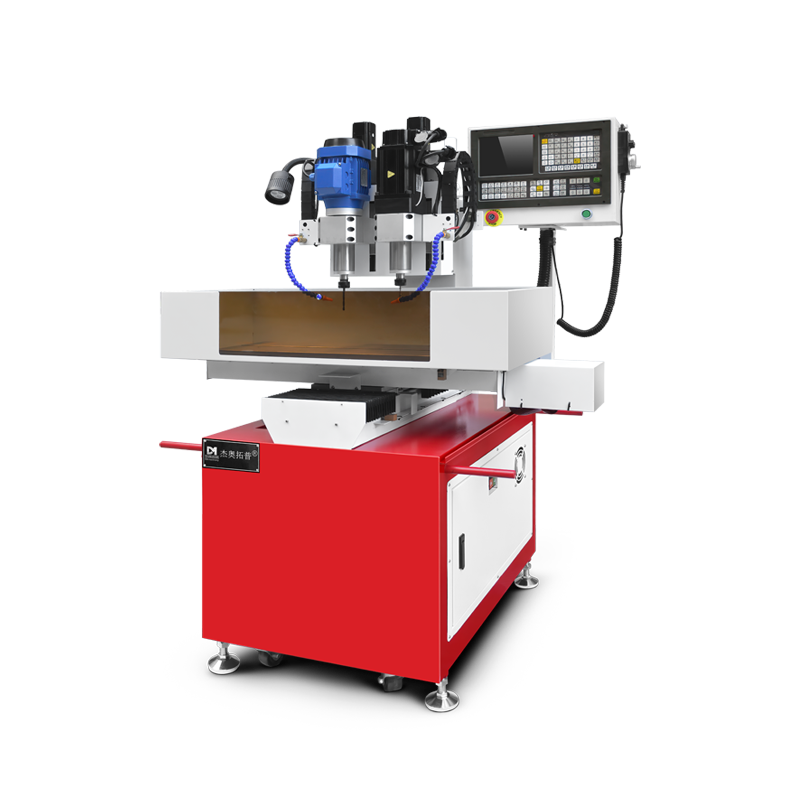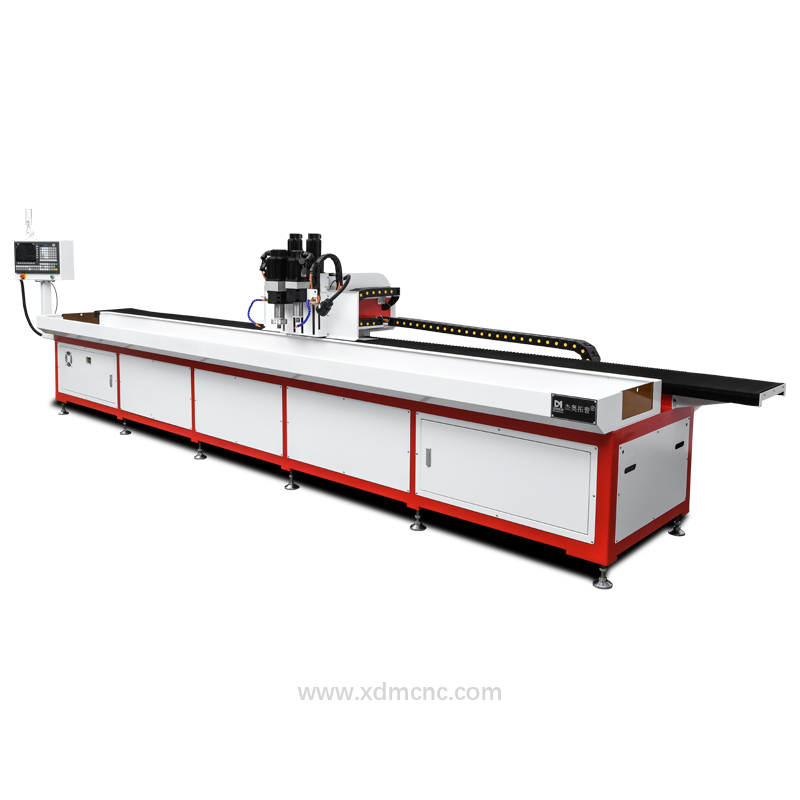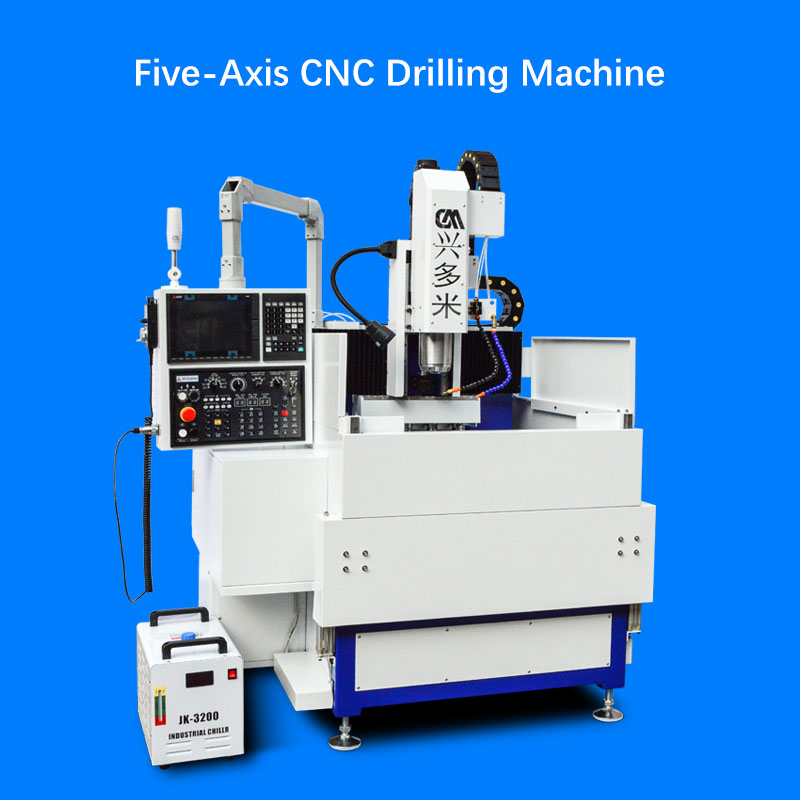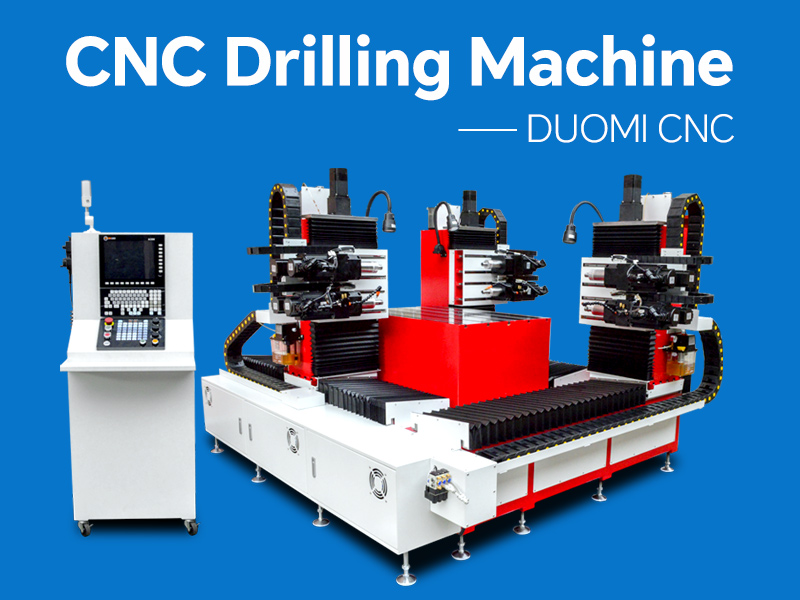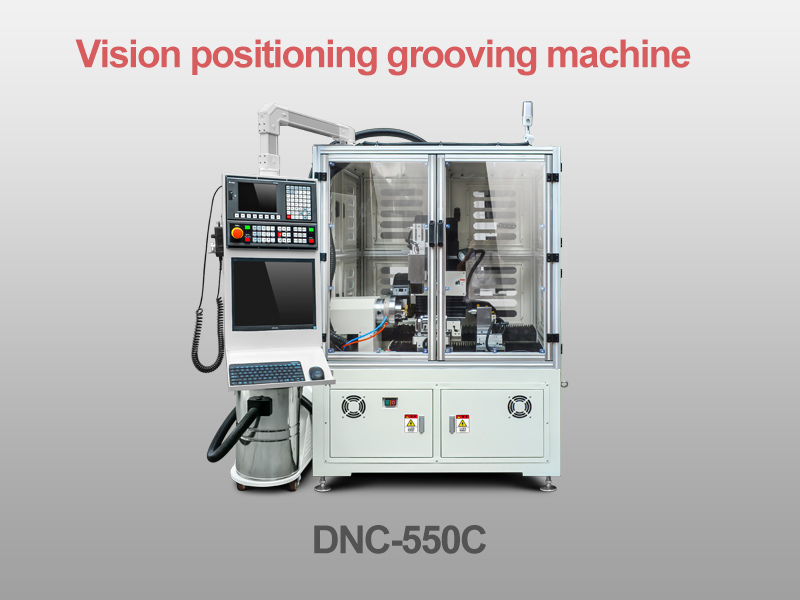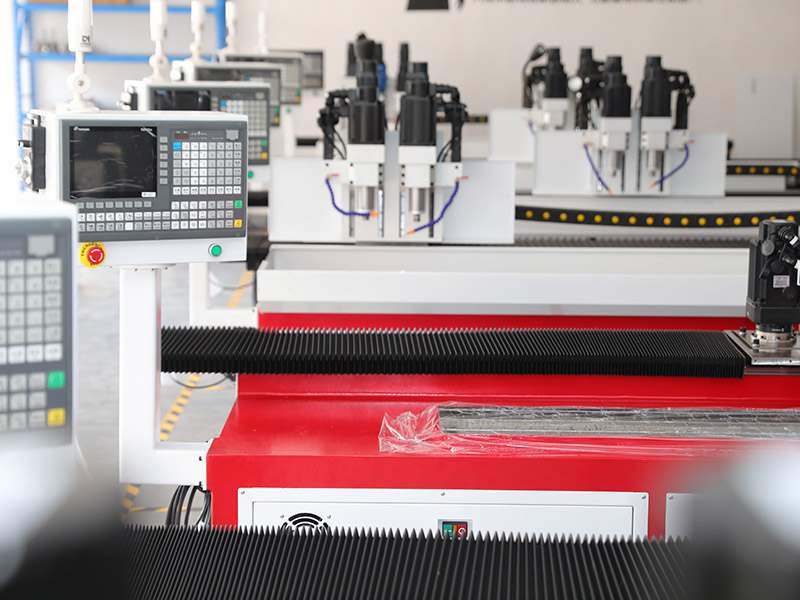Introduction
Drilling is a fundamental manufacturing process, but the method chosen can significantly impact production efficiency, cost, and mechanical performance. This article compares friction drilling with conventional drilling, highlighting their differences in material behavior, tool wear, efficiency, and application suitability.
Comparison of Friction Drilling and Conventional Drilling
1. Process Mechanism
Friction Drilling: Utilizes heat generation and plastic deformation to displace material and form a hole with an extruded bushing.
Conventional Drilling: Employs cutting edges to remove material, producing chips and requiring secondary operations such as deburring and chamfering.
2. Tool Life and Maintenance
Friction Drilling: Tungsten carbide tools last significantly longer due to reduced wear from cutting forces.
Conventional Drilling: High-speed steel and carbide drill bits wear out faster due to direct cutting action.
3. Hole Quality and Structural Integrity
Friction Drilling: Produces work-hardened, reinforced holes with enhanced mechanical properties.
Conventional Drilling: Creates standard holes with potential for burrs and surface roughness requiring post-processing.
4. Speed and Productivity
Friction Drilling: High-speed process with integrated hole formation and thread length extension.
Conventional Drilling: Slower due to chip removal and additional finishing requirements.
5. Environmental and Cost Considerations
Friction Drilling: Eliminates chips, reducing material waste and disposal costs.
Conventional Drilling: Generates metal chips, requiring waste management and additional tooling costs.
Industrial Suitability
Friction drilling is best suited for:
High-speed automated production environments.
Thin-walled metals (0.5–10mm thickness).
Aerospace, automotive, and structural applications requiring enhanced fastener strength.
Conversely, conventional drilling remains preferable for:
Deep-hole drilling in thick materials.
Applications requiring precise bore diameter and minimal thermal effects.
Machining of heat-sensitive materials where excessive heating may alter properties.
Conclusion
While both friction and conventional drilling have their unique advantages, friction drilling presents a transformative approach to machining by improving hole strength, reducing waste, and increasing efficiency. As manufacturing evolves, industries are increasingly adopting friction drilling for its superior mechanical and economic benefits.




